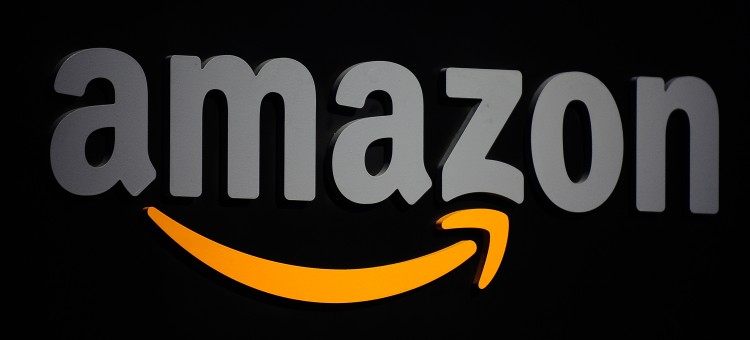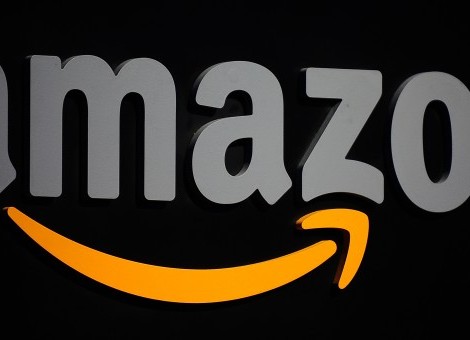The Amazon Effect: 3 Strategies to Start Killing it in Your Category
The retail landscape is changing, and it all can be traced back to a phenomenon dubbed the Amazon effect. This trend, in which online retailers are cutting into the market shares of even the biggest of big-box chains, has small business owners asking one question: What do we do?
Building a website and setting up e-commerce is a good place to start. However, if you want to keep pace, understand that the internet isn’t just another media outlet like newspapers or TV. It comes with unique attributes, calling for different ways of thinking in order to optimize your business.
Take DocuSign, for example. The company is releasing a real estate transaction management platform. It enables realtors to integrate their entire office system, from sales and marketing to contracts and compliance.
However, getting this all in place isn’t what gets the “wow.” The wow is in what the platform provides. Realtors now have the opportunity to create unique service offerings that can dazzle the customer. Proprietors in other industries, retail in particular, need to understand they’re not just selling the product or service — they’re selling its applications, too.
The Online Connection
Amazon is more than an experience. It’s become a way of life, changing what we buy, when we buy it and who we buy it from. Realize that creating an online presence is just the first step. To make the transition a successful one, you also need to do the following:
1. Start living online. Don’t just be present online — interact with your audience and react to market trends. Find unique ways to fulfill the needs of your online customers much like you did with those brick-and-mortar customers.
It’s all about finding that X factor online. Travel, hospitality, books, music and entertainment are all industries currently transforming the way we do business on the web, but they’ve only just scratched the surface in terms of offering services comparable to Amazon’s scale. Make the shift now to be a part of the change.
2. Create the unexpected. “Surprise and delight” may sound a bit clichéd, but it’s one of the more effective ways to convert average consumers into loyal ones. Take visitors on an unexpected journey — you can use holograms, beacon sensors or augmented reality. Make the experience a memorable one that gets people talking.
Amazon didn’t just become an online bookseller. It offered countless products across all industries, and then refined the online experience with surprising innovations like one-click purchases, two-day deliveries (or in some areas, two-hour deliveries), and item-to-item collaborative filtering to offer personalized recommendations.
3. Establish consistency. The cornerstone of creating an unforgettable experience is to make it a consistent one. Don’t just create experiential moments for first-time buyers; make the entire journey an experience for the customer.
CoreLogic created a perfect example of this experiential online marketing. ePropertyWatch is an immersive real estate program that enables home management the way you’d manage your stock portfolio. You can track your home’s value, real estate activity in your neighborhood, what’s happening in your community and so on. The company created a tool for regular and consistent engagement between realtor and prospects.
All brick-and-mortar retailers can make the shift and find “wow” online. You just need to link what you do in-store to your e-commerce operations, and then establish a special connection between the customer and the company.
Stefan Swanepoel is the chairman and CEO of the Swanepoel T3 Group, which operates a management consulting company that provides extensive research, strategic analysis, and business innovation to facilitate better management decisions in the real estate industry.
Original article can be found here.



